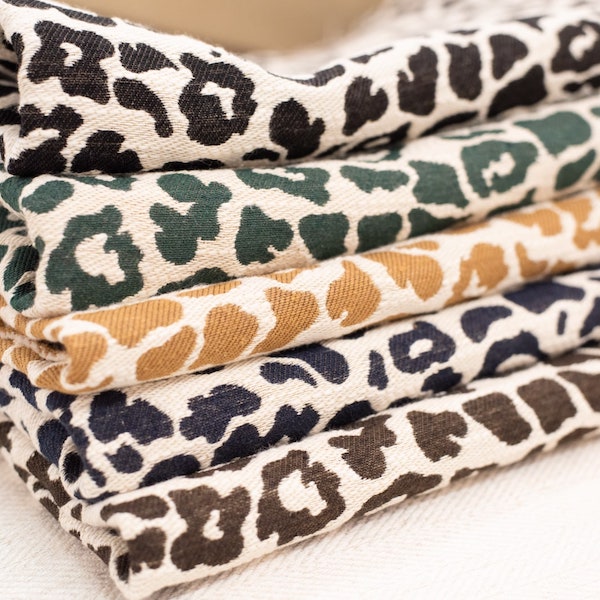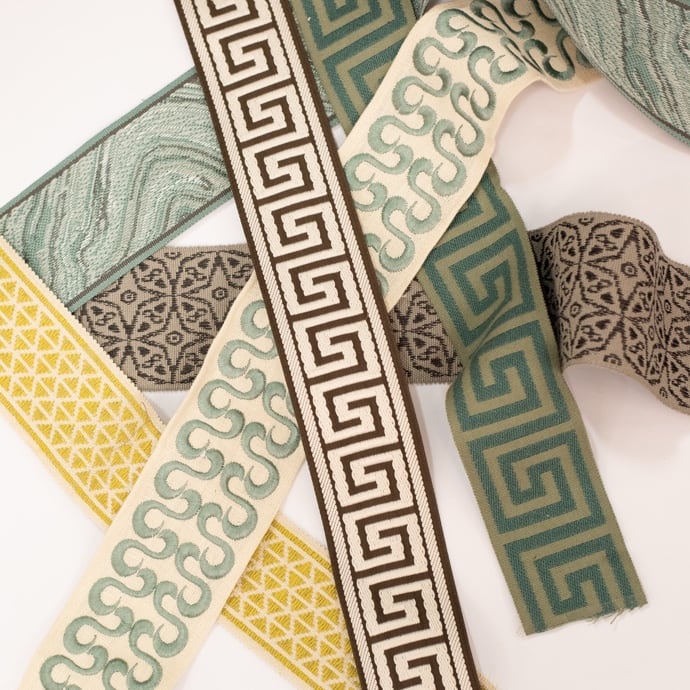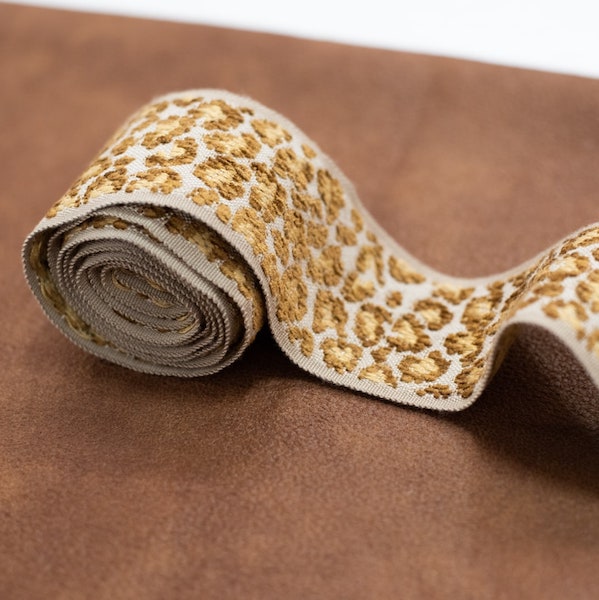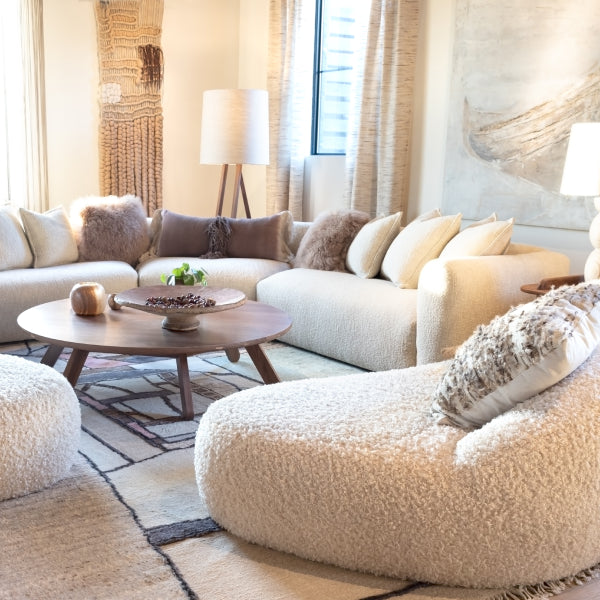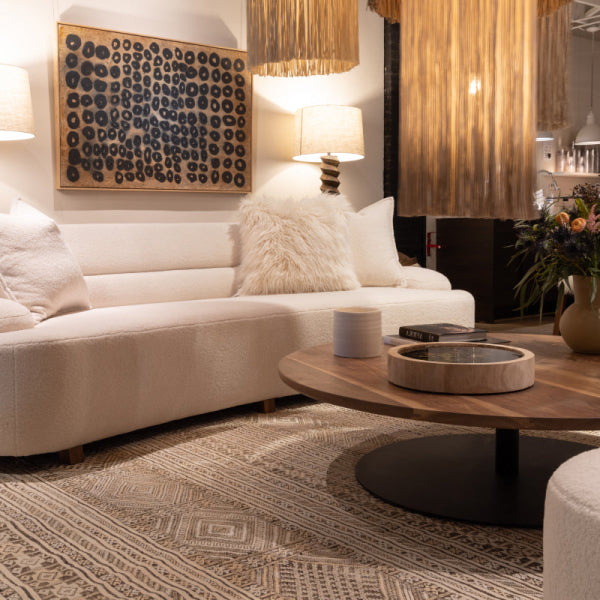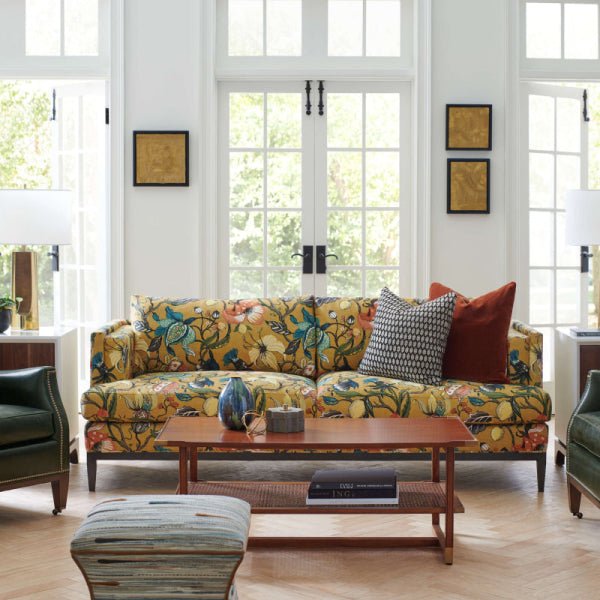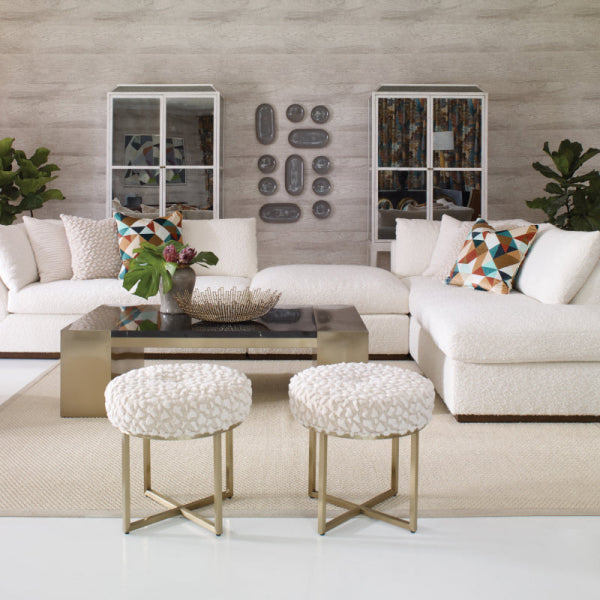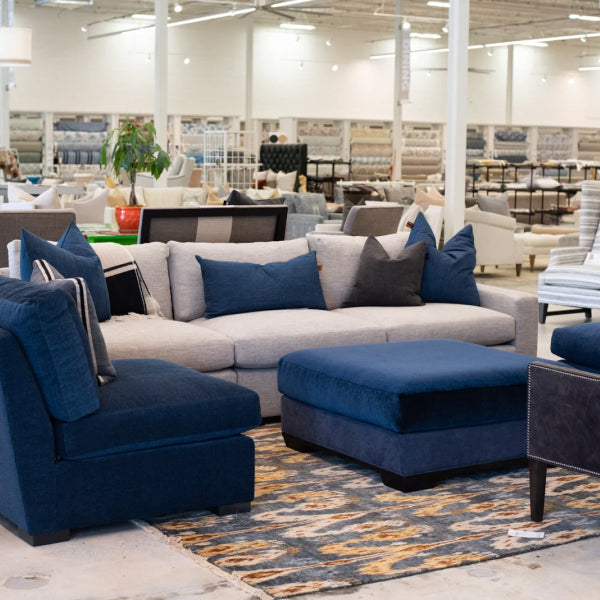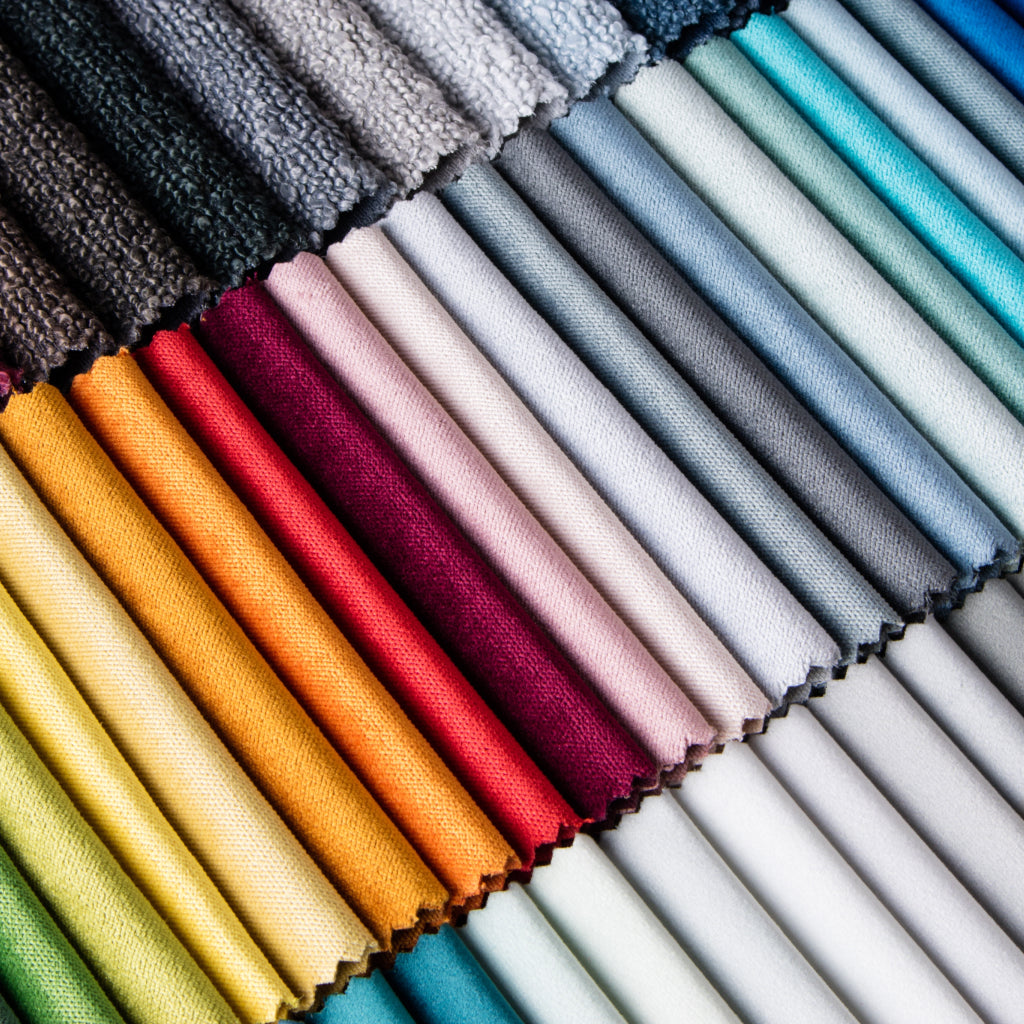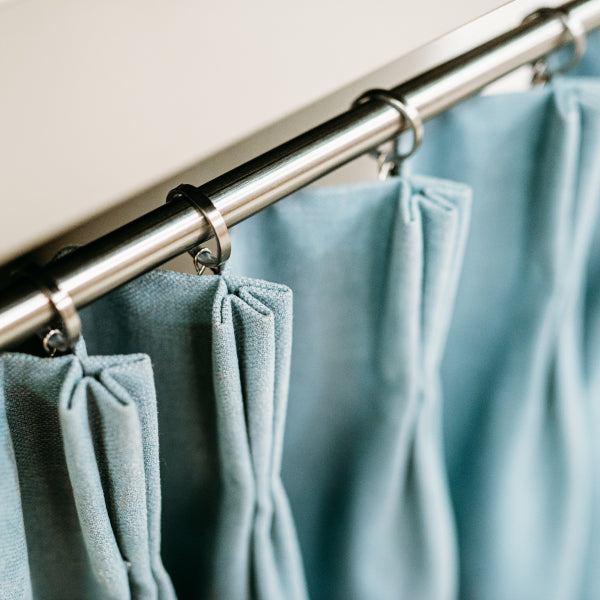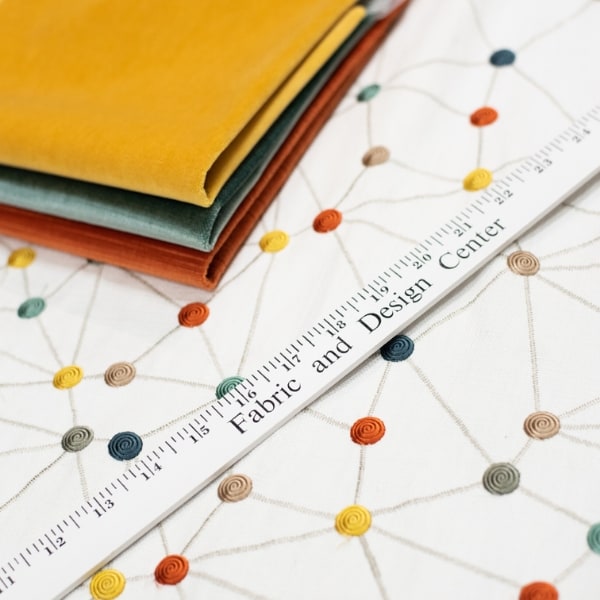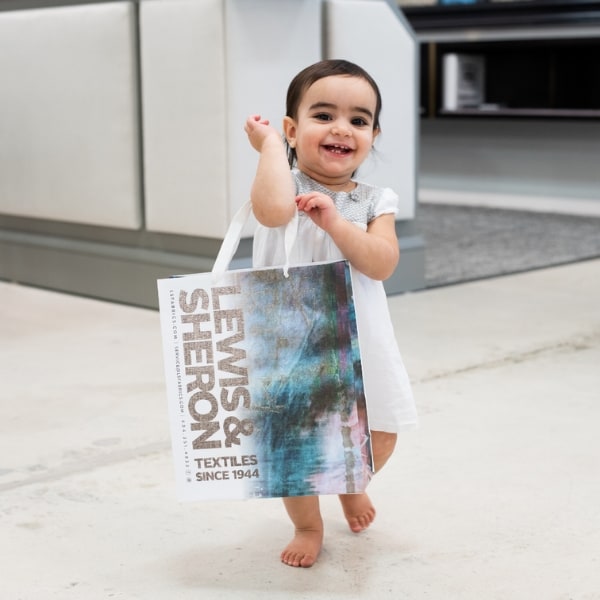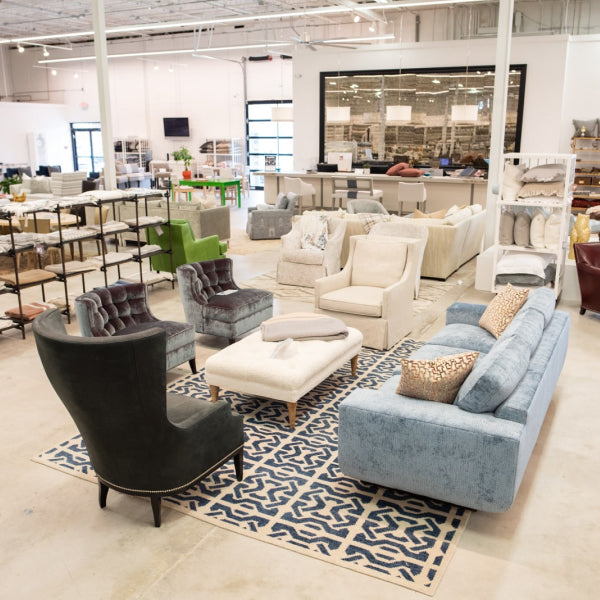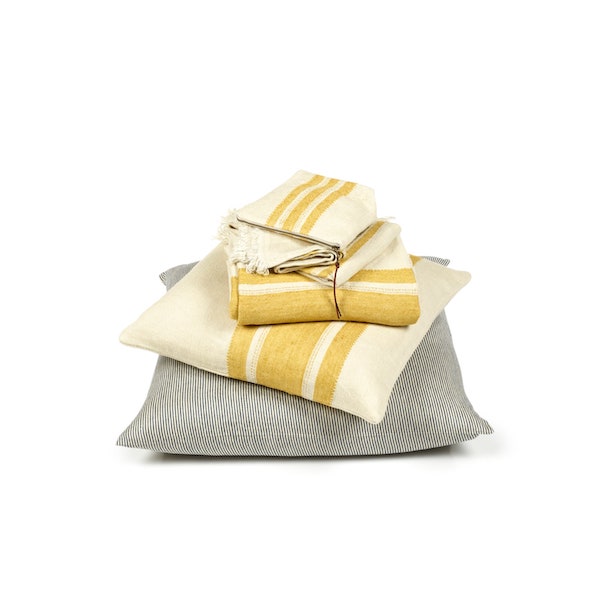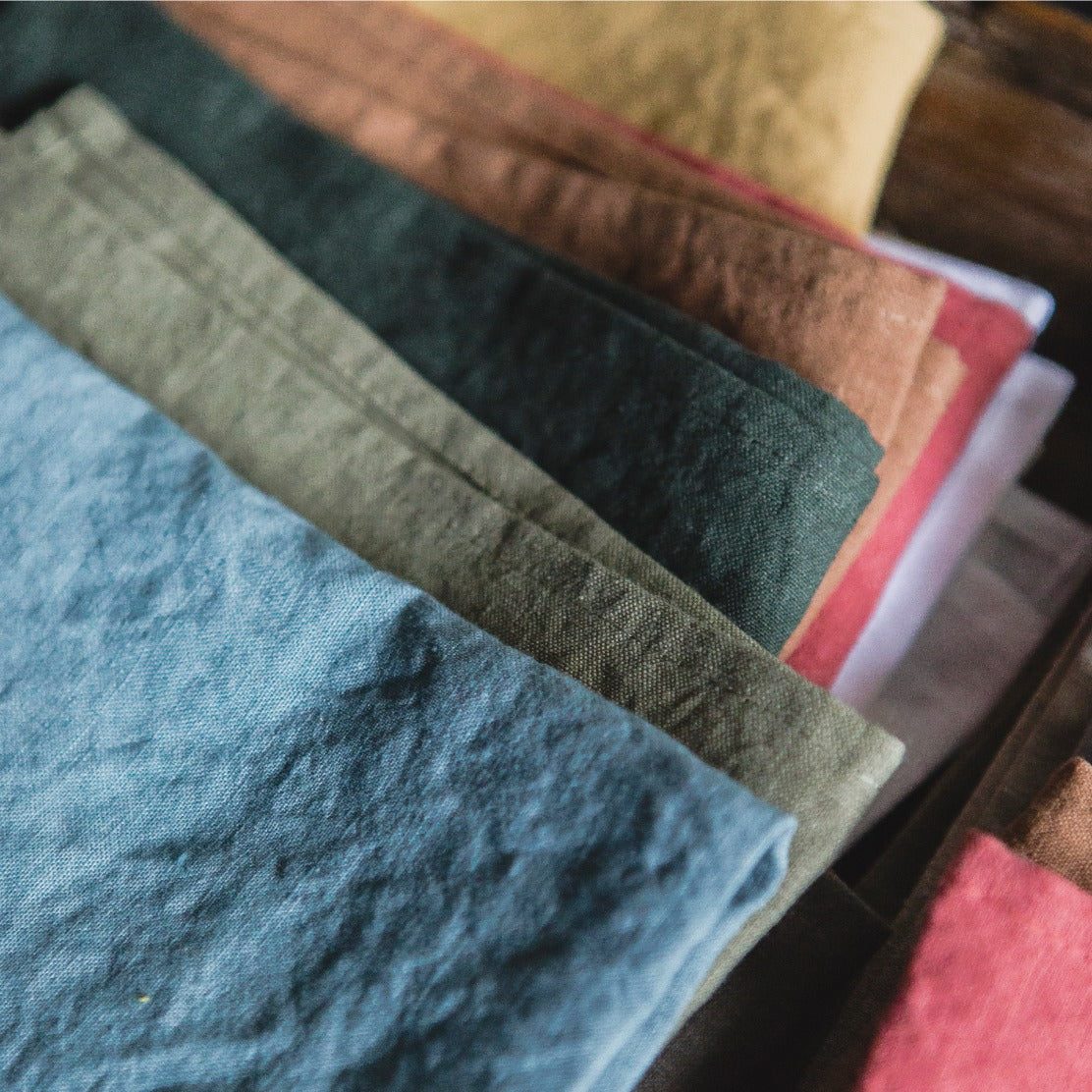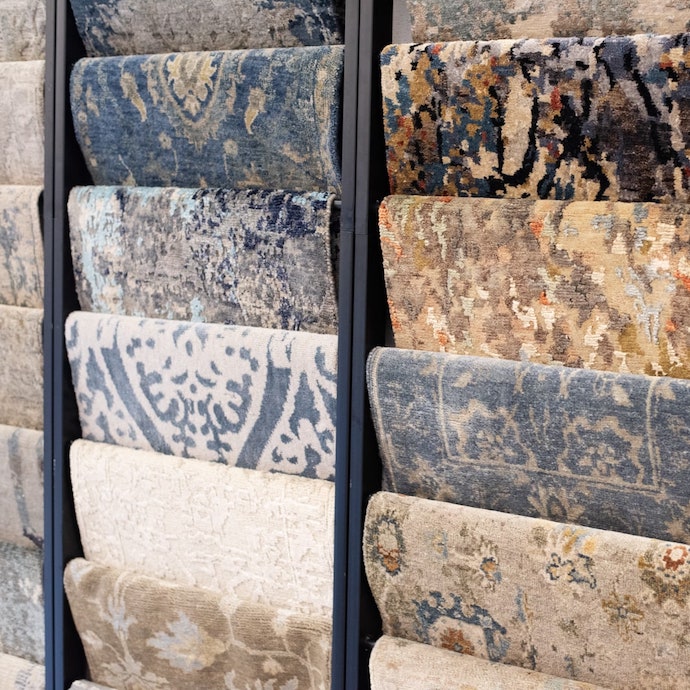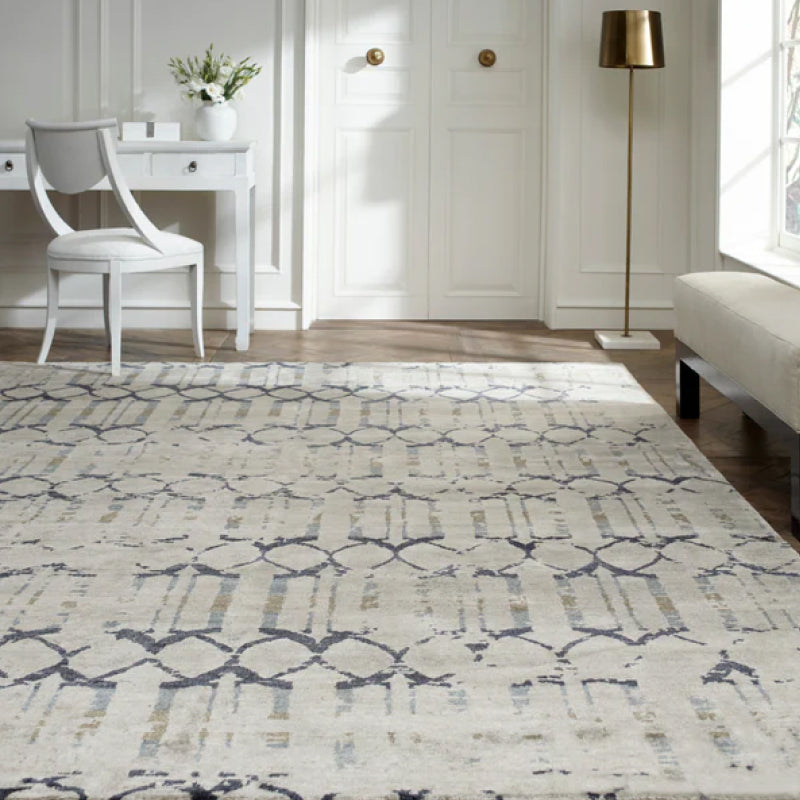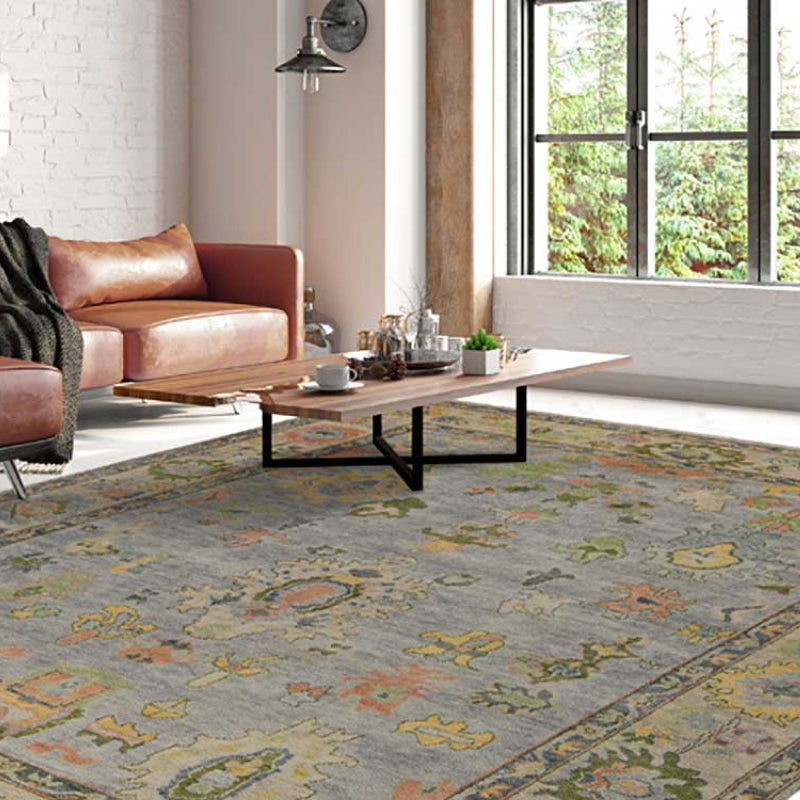Whether you're starting from scratch or updating a favorite piece, choosing the right fabric for your home furnishing project is key. With so many textures, colors, patterns, and materials available, it can seem a bit daunting. Have no fear! The following guide breaks down some general considerations and highlights the unique benefits of each type of fabric.

Color: Too many colors in a room can make the space look disorganized and hectic. Stick to your color palette and add visual interest by including varying intensities of your primary color and layering patterns and textures.
Shape: Curvaceous pieces look best in solids. Textures with a distinct direction will detract from the silhouette of the piece, as will most patterns.
Size: Consider both the size of the piece you are covering and the size of the space when choosing fabric. A large sofa does well in a classic neutral that will always look current. Darker shades in a small space can make it seem less open. In both instances, opt for a fabric you’re sure to love as trends change, and you’ll have an enduring anchor piece that is easily updated with accent pieces.
Scale: Scale refers to the size of a pattern and is generally referred to as being small, medium, or large. Large patterns in a small room or small patterns in a large room may not look quite right. Large patterns usually don’t work well on small pieces of furniture, as they may not center correctly or showcase the full repeat. Remember to consider scale when mixing patterns on your accent pieces as well! Sticking to one large scale pattern will keep it from looking like they’re competing with one another.
Durability: Here’s where the rubber meets the road! Durability is the most important consideration for pieces of furniture in high traffic areas, and for those with children and pets. Woven fabrics are more durable than prints. Leather, microfiber, and fabrics treated for performance are also excellent choices.
Fabric is beautiful and, like art, comes in endless variations. Some are made of natural fibers, some of synthetic fibers, and many are blends. Each offers its own unique benefits.
Natural Fibers
Natural fibers breathe well to keep you warm in the winter and cool in the summer. They are soft to the touch, pliable, and drape nicely.
Linen: Linen is incredibly eco-friendly, naturally antimicrobial and pest resistant, and resists pilling and fading. It is highly breathable and incredibly beautiful anywhere in your home. It can wrinkle more easily than synthetics, so it is best suited for casual areas rather than formal ones on furniture.
Leather: Leather is very durable, easy to clean and condition, and breaks in to develop a beautiful sheen over time. It is ideal for high traffic areas.
Cotton: Cotton stands up well to pilling, fading, and wear, and is durable and soft. It is highly adsorbent and dyes easily, giving tons of options for colors and patterns. This also means it stains more easily than other types of fabric, so any spills should be addressed right away. Popular for slip covers, most cottons can be cleaned easily with soap and water.
Wool: Wool is highly durable and resistant to dirt. Consider who will be using the piece, and how often. 100% wool is refined and beautiful for a chair in the study that doesn't get regular use, but look for a blend to soften and add comfort to a favorite lounging chair or sofa. Wool blended with a synthetic also helps it avoid felting.
Silk: Luxurious and elegant, silk is a great choice for draperies and classic pieces that won't get a lot of wear and tear. While the fibers are quite strong, exposure to sunlight and moisture can cause it to break down more quickly, fade, and spot. Consider a faux silk or a silk velvet if you love the look and want to incorporate it in less formal spaces. It is beautiful and instantly adds an upscale look to any space.
Synthetic Fibers
Synthetic fibers are more resistant to moisture and soiling than natural fibers, and less prone to fading. They are versatile and easy to clean. They don’t breathe as well as natural fibers and can be hot, so blends are a great way to combine the best that each fabric has to offer.
Microfibers: Microfibers are extremely fine yarns that are either woven or cut and piled to create many different textures. Usually made from polyester or nylon, many resemble suede. It is stain resistant and incredibly easy to clean, making it a superhero for areas where your children and pets spend a lot of time.
Polyester, rayon, and acrylic are other popular synthetic choices that offer increased durability when included in blends. They are also great choices for indoor/outdoor pieces where moisture resistance is a must.
Velvet: Velvet is a cut pile cloth that can be made of natural or synthetic fibers. They have a nap (direction of the fibers) which creates a sheen. Luxurious, timeless, and sophisticated.
Chenille: Chenille has a fuzzy pile protruding on all sides. It has a slightly uneven, soft texture and can be made of natural or synthetic fibers. It is great for hiding small amounts of soil and highly durable, making it a great, comfortable choice for higher traffic areas.
We hope this guide has been helpful. Choosing textiles to furnish your home in a way that conveys a comfort and style that is uniquely you is fun and exciting! We are always here to partner with you on that journey.


